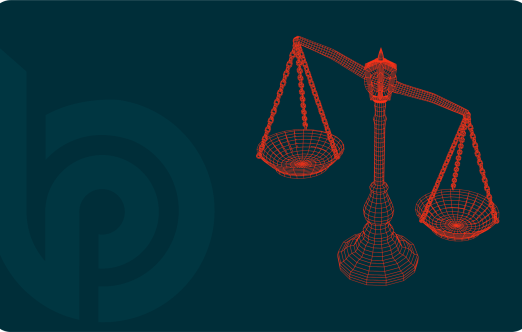No, you aren’t experiencing déjà vu – just one day before the already extended compliance date, the SEC and CFTC announced a further extension for the Form PF amendments. Originally adopted 8 February 2024, with a compliance date set for 12 March 2025, the amendments have now been pushed back again, from 12 June 2025 to 1 October 2025.
Commissioner Hester M. Peirce supported Chairman Atkins’ decision to allow for the extension, noting that it provides filers and service providers with additional time to build and test their reporting systems before submissions begin. However, Peirce also reiterated her broader concerns about the scope of the amendments, questioning whether the data being collected reflects “unbridled curiosity” rather than clearly defined regulatory objectives. This raises the question: is the extension truly for the benefit of industry preparedness, or does it reflect the SEC’s own need for more time to align internally on the amendment’s purpose and scope?
The Form PF amendments were initially introduced during Chairman Gensler’s tenure at the SEC. In coordination with CFTC leadership, Gensler advocated for expanded reporting requirements, asserting that more granular data was necessary to better assess systemic risk and strengthen investor protections.
To recap, the amended Form PF would require filers to comply with the following key changes:
Amendments to the General Instructions
- Each component fund within a master-feeder arrangement or parallel fund structure must now be reported separately, except for disregarded feeder fund.
- A disregarded feeder fund is defined as one that invests exclusively in a single master fund, U.S. Treasury bills, and/or cash or cash equivalents. However, funds holding even minimal investments beyond these must file separate entries within Form PF.
- Reporting requirements for fund-of-fund investments and investments in other funds have been enhanced to provide greater transparency.
- Large hedge fund advisers and large liquidity fund advisers who file quarterly are now required to update Form PF based on calendar quarters, rather than fiscal quarters, improving data consistency and timelines.
Amendments Concerning Basic Information about the Adviser and the Private Funds It Advises
- Section 1a – Requires more detailed and up-to-date identifying information about the adviser, including Legal Entity Identifiers (LEIs) and clearer distinctions among advisory affiliates.
- Section 1b – Expands the scope of required data for each private fund, including more detail on fund strategies and sub-strategies, enhanced information on the investor base and specific disclosures around fund performance and gross/net asset values.
- Section 1c – Introduces more granular reporting on investment strategies and exposures, along with data on counterparty exposures, financing arrangements and trading practices.
Amendments Concerning Information about Hedge Funds Advised by Large Private Fund Advisers
- Eliminates Section 2a, which required aggregated summaries of fund-level data, as the amendment would require individual fund reporting for each qualifying hedge fund.
- Revises Section 2 to require more detailed disclosures on fund leverage, liquidity, and counterparty exposures; expands reporting on trading practices and risk profiles to enhance oversight of systemic risk; and improves data categorisation for better analysis of hedge fund strategies and market exposures.
Amendments to Enhance Data Quality
- Series of revisions affecting multiple sections designed to enhance overall data quality and reduce reporting errors.
- Percentages must be rounded to the nearest one hundredth of one percent (0.01%) for greater precision.
- Consistent instructions, in accordance with the reporting approach used in Form N-PORT and Investment Company Act Rule 18f-4, for reporting investment positions and counterparty exposures, including gross reporting of derivatives.
- Clear guidelines for classifying and reporting long and short positions based on market factor behaviour.
- Standardised instructions for calculating and reporting derivative values, with values expressed in U.S. dollars and prohibiting netting of offsetting positions, except for fully closed-out trades with no exposure.
- Enables advisers to electronically submit requests for temporary hardship exemptions, simplifying the process.
While the finish line remains fuzzy, one thing is clear: the SEC continues to evaluate but has yet to suggest a dramatic or profound change of course. As such, it would be imprudent for you to hit pause.
Blueprint GRC’s London-based team of SEC experts is here to help. We offer compliance consulting, flexible in-sourced staffing, and fully outsourced GRC solutions to keep you ahead, no matter how many extensions the SEC throws at you.
Deadlines may shift but your readiness shouldn’t. Let us help you stay one step ahead.
Contact us at [email protected] to learn more.



